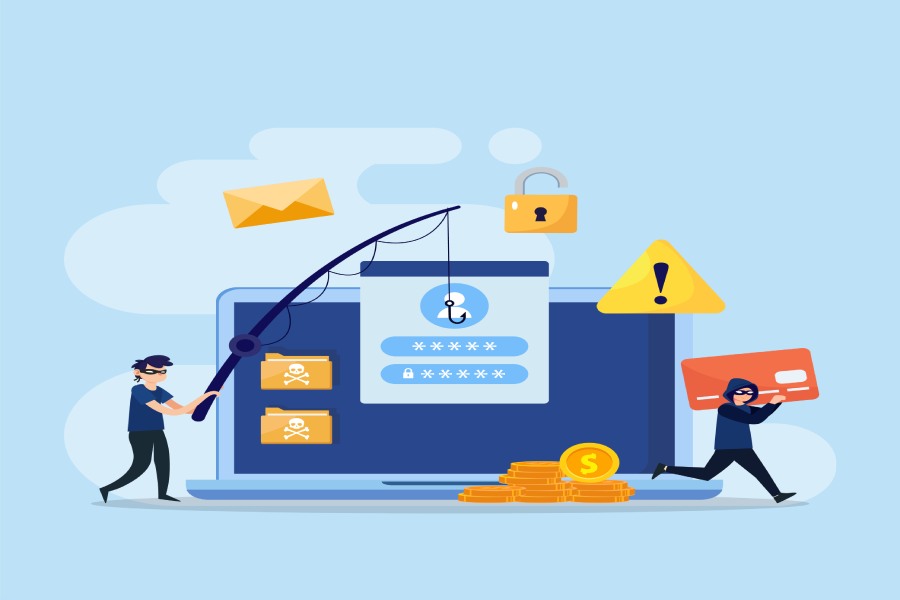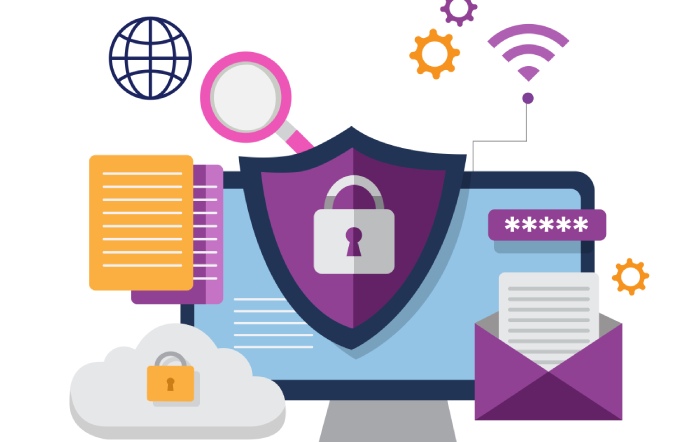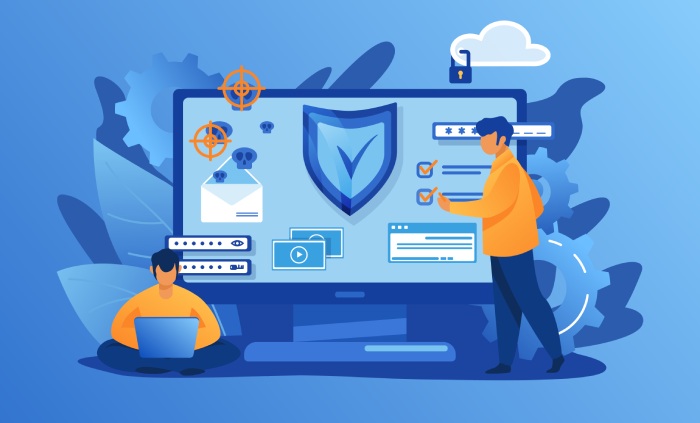As online education has become more prevalent than ever, schools and colleges face tremendous challenges due to COVID-19. There is growing uncertainty on the revival of regular classes for students. Many educational institutions have resorted to online education as an alternative. However, online education comes with its disadvantages. Cyber adversaries now have one more sector to target. By the looks of it, schools and colleges have become easy targets for these malicious actors. Let us discuss why it is so and how to avoid the threat.
Why Are Educational Institutions Vulnerable To Cyberattacks?
Here are some reasons why the education sector is vulnerable to attacks from malicious actors.
Lack of cybersecurity awareness
Educational institutions are not as active on online platforms as other business entities. Hence, it is natural for them to have lower levels of cybersecurity awareness. Besides, cybersecurity preparedness levels are also not much high, as they do not require as much cybersecurity as, say, a bank.
Forced to do something different
With COVID-19 bringing a halt to all educational activities, schools and colleges have been forced to conduct classes online. An educational institution that has been primarily conducting offline classroom lectures will find it challenging to shift to the online mode at short notice. It takes time for teachers and other staff members to understand the significance of maintaining watertight cybersecurity.
Low levels of cybersecurity
As cybersecurity awareness levels are lower, the chances of schools and colleges becoming targets of phishing attacks are more. Malicious actors find such institution networks a soft target that they can attack and seize control of quickly. Thus, there has been a deluge of phishing attacks on schools and colleges during the initial three to four months of the academic calendar.
Lack of dedicated servers
Educational institutions do not have robust email servers for sending and receiving emails. Most of them started off using freeware ones, such as Gmail servers. The malicious actors also use these Gmail servers to launch their phishing attacks. An analysis of the BEC attacks on educational institutions showed that the malicious actors used Gmail accounts in a majority of the attacks.
Why And How Malicious Actors Use Gmail
Gmail is popular among cyber adversaries as it is free and has an easy registration process. Besides, Gmail has a good reputation. They used email addresses like boardofdirectors12345@gmail.com, headofdepartment900@gmail.com, and other similar ones to unleash the attacks. These addresses appear legitimate because they seem to be educational titles. However, they are not.
Besides, any subject or tagline containing COVID-19 themes such as ‘COVID updates’ and ‘COVID Follow up,’ quickly capture attention. Unsuspecting victims open these emails out of curiosity and naively click on the malicious links or download compromising attachments.
Tips To Stay Protected From Cyber Attacks
We have discussed how and why educational institutions fall prey to cyberattacks. Here are the steps they can take to protect themselves against cybercrime incidents.
Equip yourself against cyberattacks
While it is admitted that educational institutions do not have the same cybersecurity level as other corporate entities, there is nothing to prevent these schools and colleges from equipping themselves to prevent cyberattacks like phishing. The educational institutions should prioritize email security that leverages AI for identifying unusual senders and requests. Thus, they can protect the staff and students from incidents of spear phishing.
Invest in takeover protection
Compared to the average business entity, educational institutions are more susceptible to an account takeover. Most schools and colleges do not have the requisite tools and resources to protect themselves against such threats. Investing in the appropriate technology can help identify suspicious network activity and look out for account takeover signs.
Improve the cybersecurity awareness levels
In educational institutions’ case, the employees, teaching staff, and students are generally the first line of attack for malicious actors. Schools should convert this vulnerability into a strength by educating the staff and students to recognize cyberattacks, understand the fraud behind it, and report such incidents immediately. Cybersecurity awareness training is of paramount importance.
Beef up internal policies to prevent wire transfer fraud
In these Pandemic times, educational institutions are forced to use the online mode for accepting fees, making payments and salaries, and other expenses. Therefore, it makes sense to strengthen internal policies to prevent wire transfer fraud. It can also help to reduce insider threats. The system should be such that every financial transaction should have two-factor authentication and approval from multiple authorities.
While most schools and colleges have started conducting online classes, they have not upgraded their cybersecurity strategies. As a result, malicious actors find such educational institutions soft targets for an attack. It explains the unusually large number of phishing attacks on schools and colleges in recent times. It is high time that the educational sector recognized it and developed stringent cybersecurity policies to protect the institutions from such malicious attacks.



